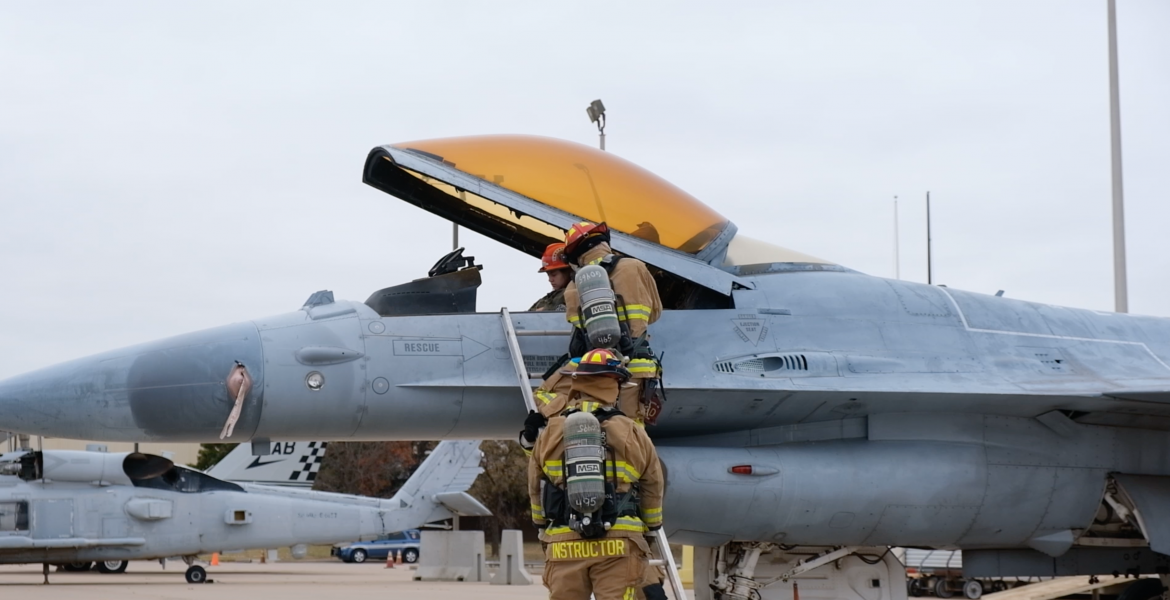The Concho Valley Regional Food Bank distributes about 1.7 million pounds of food to the community through 78 agencies dedicated to feeding the needy.
“With a less than $700,000 annual budget, we’re able to put in access $2.5 million worth of food back into utilization,” Duke said. “Whereas if we were not in existence, that food would probably either go unused, thrown into the garbage, or something along those lines.”
A common misconception is that the food bank directly feeds the city at their facility. In reality, their role is to gather donated food from businesses and distribute their food to agencies that then use it to feed the community.
“No one eats in the food bank,” executive director of the food bank Gregory Duke said. “So any service that goes out to end users, to the individuals who are in need of food, it is actually occurring at the agency level, not a food bank level.”
Although the food bank does not fill the role of personally handing food to the needy, they pay an important role in providing meals for the community. The vast majority of organizations and events meant to serve food for no cost to the public are supplied by the food bank, including programs such as Kids Eat FREE!
“We’re the organization in the middle that has the truck and trailer capability, the inspection capability, the warehouse capability, the storage capability, so that all the other organizations that are in partnership with us don’t have to be that robust in size or in expertise,” Duke said. “What they need to do is assemble the people and then come and take the products that we have back to the organizations to put it to good use.”
Rust Street Ministries is the single largest organization that partners with the food bank to serve the people of San Angelo.
“As the premiere, number one poundage distributer per year, [Rust Street] assist[s] us in taking products that we’ve solicited and inspected and put those into distribution to literally thousands of people on an annual basis,” Duke said. “In serving in that capacity, they represent the connection between the food and the supplier of that food, if you will.”
Other notable food bank agencies include Freedom Fellowship, Grape Creek United Methodist Church, MHMR, and West Texas Boys Ranch. Not only is the city provide for, but the entire Concho Valley as well; the Concho Valley Food Bank has an agency in at least every community that it serves.
Before the food is shelved in a warehouse, the food bank ensures that it’s safe to eat and stored appropriately. Then the products are picked up by the respective agencies that distribute food within a few days.
The food bank receives donations from businesses such as HEB, Sam’s Club, Wal-Mart, Albertsons, the Lowe’s Grocery Stores, Goodfellow Air Force Base, and many individuals as well.
In order for an organization to become an agency of the food bank, it has be a 501 C3 nonprofit organization or church and intend to start a feeding program. The food bank then teaches the agency skills such as how to handle food safely and keep records. Duke said, “It’s not very a complex process.”
According to Duke, among those that the food bank attempts to feed are those with cognitive or physical disabilities. Senior citizens are often in need of assistance as well, as many have run out of savings and must balance medical bills with food costs.
As the year changes, so does the ease in service to individuals. For example, Duke said that serving children throughout the year can be tricky.
“The group that is both easy and difficult to serve are children,” Duke said. When they’re in school, the preintroduced lunch program helps to provide those kids with good food. But in the summertime when kids are not in the school system, that it becomes a little bit more challenging to actually put them in central location to serve them.”
Duke said the future of food banks hinges on making sure that no crops are wasted that could be fed to the needy.
“Food banks are trying to always source those products that we know are left in the field at the end of the growing season,” Duke said. “Those products that are not harvested for whatever reason, those products that are not ever taken maybe to manufacture or to canneries after they’ve been harvested. We believe that there is enough produce that can be sourced for the entire state of Texas. We believe it exists.”
Another challenge that food banks of Texas face is spreading resources across the state. A food bank may have a copious amount of a certain product because of the economy that it resides in; for example, food banks in beef-rich areas of the state like Amarillo or Lubbock will have plenty of beef, if not too much. However, because of time and expense, it is expensive for a food bank to transport access goods to another food bank.
“So a lot of this is about logistics,” Duke said. “It’s about effective partnerships, it’s about always trying to look at effectiveness and efficiency.”
Subscribe to the LIVE! Daily
Required






Post a comment to this article here: